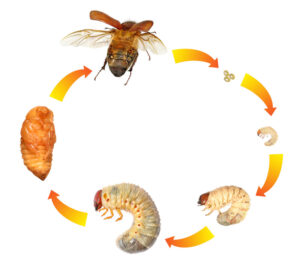Grade 1 - Plants and Animals of Seas and Rivers
SUMMARY
A 6-8 Week Unit for Primary Level
This unit is designed for First Grade, but could be adapted to other primary grades. Students discover the wide variety of living things that are found in and near the water, through investigations and games in the classroom and active observation outdoors. They practice science skills of noticing details, comparing, sorting, measuring, questioning, recording, and communicating. Science notebooks are used throughout the unit to help students understand and organize information, and many activities are integrated with math, language arts, art, and social studies.
Essential Question
- What kinds of plants and animals live in or near the water?
Enduring Understandings
- Plants and animals can be sorted into groups based on different characteristics.
- People use the plants and animals of the seas and rivers in different ways.
Ocean Literacy Principles Addressed
- The ocean supports a great diversity of life and ecosystems.
- The ocean and humans are inextricably linked.
LESSON PLANS

High-Tide, Low-Tide Game
Children learn more about their special species and others as they explore life cycles and tide-related behaviors.
View Lesson Plan
Location: Classroom, Large Space, Outside
Activity Type: Game, Hands-On

Life Cycle Wheels
Children begin by continuing to learn about the wide variety of aquatic plants and animals in their region. Each child then chooses a special plant or animal to research, depict, and share with the class.
View Lesson PlanAUTHORS
Jennifer Thompson, Kindergarten Teacher, Juneau
Chris Thomas, Retired K-1 Teacher, Juneau
Stephanie Hoag, Curriculum Consultant, Juneau
Marla Brownlee, Sea Grant
With special thanks to Dayna Focht of Juneau for ideas and activities.
